Martin Scorsese’s The Irishman, which premiered on Netflix on November 27 after a brief theatrical run, is effectively several movies in one, which is befitting a three-and-a-half-hour film, with several intertwining plots and themes. By now, almost everyone on the Web has likely read the seemingly countless articles on the film’s greatest technical achievement, its massive use of Industrial Light & Magic’s “de-aging” effects, the digital process that allows us to see younger versions of stars Robert De Niro, Al Pacino, and Joe Pesci. While it’s true that there’s a bit of an “uncanny valley” reaction to those effects in a few shots, their use is integral to the story that Scorsese wants to tell. It’s the summation of his career as a director, and his stock company of hard men actors.
The Irishman’s loooong length also effectively makes it into (at least) three movies. Roughly speaking, the first hour of the film focuses on Robert De Niro’s wannabe mob “mechanic” just back from World War II and on the make, killing numerous men under the orders of his mob superiors, played by frequent Scorsese collaborators Joe Pesci and Harvey Keitel. The film is based on the 2004 history of the real-life mobster Frank Sheeran by attorney Charles Brandt, which was titled I Heard You Paint Houses, a phrase uttered by Jimmy Hoffa to Sheeran when first introduced over the phone, and inspired by the many blood-soaked walls behind those he guns down.
SPOILERS TO FOLLOW. YOU’VE BEEN WARNED.
Sheeran’s introduction to the weirdly charismatic and over-the-top labor leader (played by the weirdly charismatic and over-the-top Al Pacino), leads to him ultimately becoming his bodyguard and aide de camp. At this point, the film morphs into a mob version of Forrest Gump, including Pesci’s mob-boss character, Russell Bufalino, ordering Sheeran to transport arms to anti-Castro Cubans on the East Coast organizing the Bay of Pigs invasion. In a hilarious callback to Oliver Stone’s 1991 film JFK, Pesci’s Bufalino tells Sheeran he’s to meet “a fairy named Ferrie.” Or as Medium notes:
There are times when The Irishman resembles something of a dark, wiseguy take on JFK. Beyond the wide historical canvas, there is the tossed-off gag scene in which Sheeran — delivering a truckload of guns to some Cuban exiles — runs into David Ferrie (the real-life character whom conspiracy theorists thought was a connection between Lee Harvey Oswald, the anti-Castro rebels, and the Mob, and was played by Pesci in JFK). Scorsese is also trying to build a whole alternative theory of American history, only in his case La Cosa Nostra is behind all the major events rather than rogue elements of the military-industrial complex.
But where Oliver Stone’s movie was characterized by a battered idealism, Scorsese’s is heavy with doubt and cynicism. Just about the only joy expressed in The Irishman comes from Hoffa, who in a scene after he is attacked during a trial by a pistol-wielding man buoyantly announces his advice to the courtroom: “Always rush a man with a gun. Knife, you run away.” The movie’s weariness comes from Sheeran himself. He narrates everything from a retirement home, whose suffocating blandness seems to mirror the blankness of his mentality and morality.
After JFK’s assassination and Hoffa’s late 1960s stretch in prison, Bufalino becomes exhausted by Hoffa’s endless attempts at regaining control over the International Brotherhood of Teamsters, and manipulates Sheeran into one last “house painting,” in a method that’s a callback to the way Pesci’s Tommy DeVito was offed in Goodfellas.
Setting all of the de-aging effects aside, it’s in the last hour of the movie after Sheeran kills Hoffa that The Irishman goes into unexplored territory for Scorsese. That hour-long coda, deliberately paced after all of the frantic events of the first two-thirds of the movie, reflects on what will happen to us all: old age, nostalgia for “the good old days,” atrophy, and ultimately, death. Shortly after De Niro’s character kills Hoffa, he drives by a movie theater showing John Wayne’s 1976 swan song, The Shootist. It’s obvious that the Irishman is Scorsese’s Shootist. Like the cast of Wayne’s film, the gang’s all here – De Niro, Pacino, Pesci, and Harvey Keitel, and not least, Scorsese himself, plus Bobby Cannavale and Ray Romano from Scorsese’s HBO series Vinyl, Stephen Graham, who memorably played Al Capone in HBO’s Boardwalk Empire, and even “Miami” Steve Van Zandt from the Goodfellas-inspired The Sopranos as Italian crooner Jerry Vale near the apex of the film, a gala dinner for Sheeran set in 1974 at the Latin Casino, a swank supper club in Cherry Hill, N.J., that would become a disco shortly thereafter. (My South Jersey parents loved the Latin Casino in its original incarnation.)
As the film nears its conclusion, we’re now in the mid-1990s, with Sheeran’s increasingly aged body failing him in a Pennsylvania nursing home. He’s alienated from his family, who strongly suspect that dad has some serious blood on his hands from over the years. He’s so alone that he’s forced to plan his own funeral, down to picking out which color coffin he prefers. It’s heartbreaking on one level, but also a reminder that none of his victims were accorded such opportunity to plan.
Eventually, a young nurse takes Sheeran’s blood pressure and other vital signs as he shows her some old snapshots from back in the day, one of them being a photo of Jimmy Hoffa, whom the nurse pretends to recognize. Sheeran chides her because she obviously doesn’t.
This moment is one of The Irishman’s key leitmotifs: Hoffa disappeared (allegedly cremated after being allegedly — very allegedly — whacked by Sheeran) in 1975, less than 20 years earlier. Hoffa’s disappearance seemed like it was on the evening news almost every night that year. In the late 1980s, the rumors that Hoffa was buried in one of the end zones of New Jersey’s Meadowlands football stadium made the rounds. “As De Niro’s Sheeran says in The Irishman, Jimmy Hoffa was about as famous as Elvis Presley or the Beatles in his day — and not just because he mysteriously disappeared,” the Philadelphia Inquirer notes, in an article exploring how true to life the film portrays its larger-than-life characters. And here’s a nice young person who has never heard of him.
If that’s the case for Jimmy Hoffa, Scorsese, who recently turned 77, seems to be saying, what hope do he and his stock company of actors have? (Kyle Smith dubbed this our cultural “Great Forgetting” at the start of the year.) The nihilism and randomness of Sheeran’s life on the way up make The Irishman feels a little bit like a mob version of Barry Lyndon, Stanley Kubrick’s 1975 deconstruction of the epic costume drama, and Scorsese’s favorite Kubrick film. But part of the subtext of Barry Lyndon is that unlike Barry, the names of the novelists and painters of that period will live on through history. However, with cancel culture, multiculturalism, today’s demassified media, and social media users with the attention spans of gnats, the odds that many filmmakers of the past will achieve cultural immortality becomes increasingly unlikely. The Irishman lacks the raw energy of Goodfellas and Casino, Scorsese’s earlier homages to mob life. But it’s understandable why it’s the story he wanted to tell now. Hopefully it won’t be his Shootist.


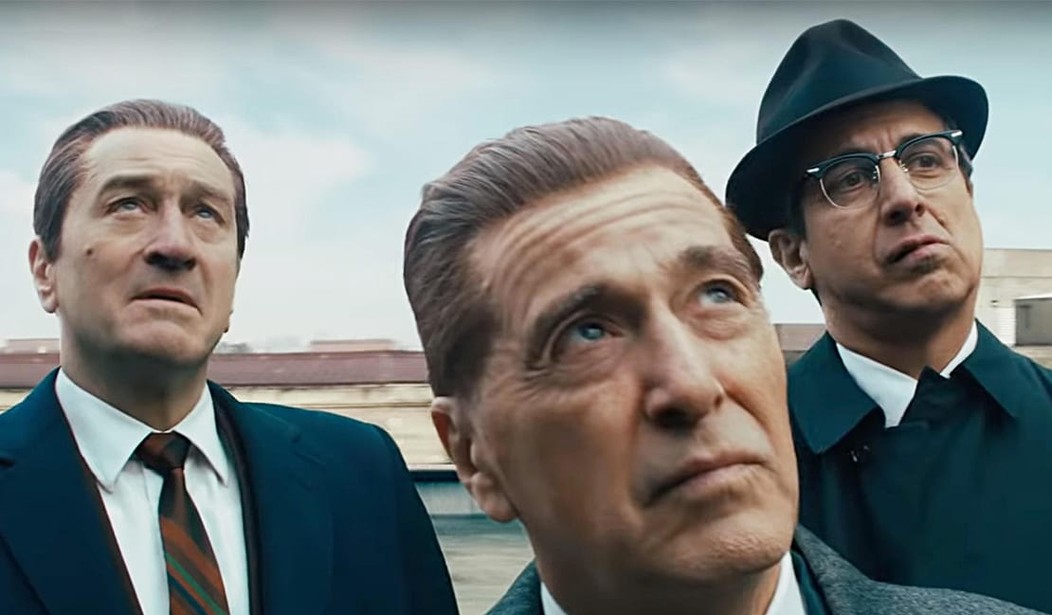


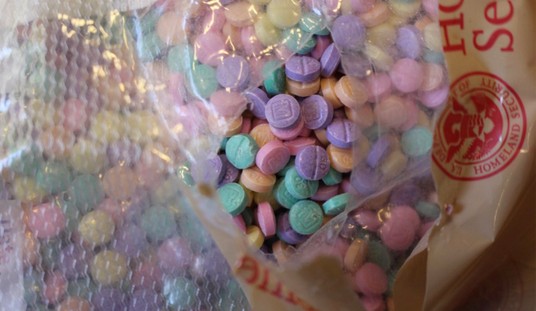
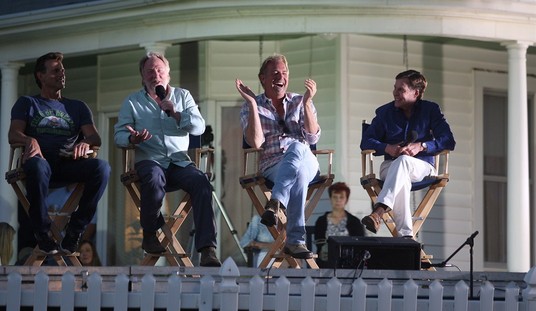
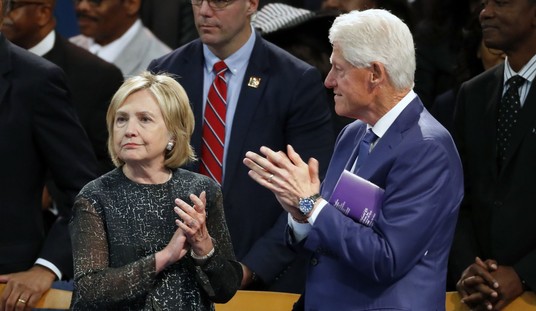

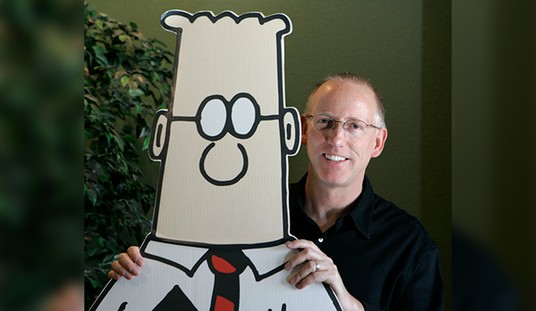
Join the conversation as a VIP Member